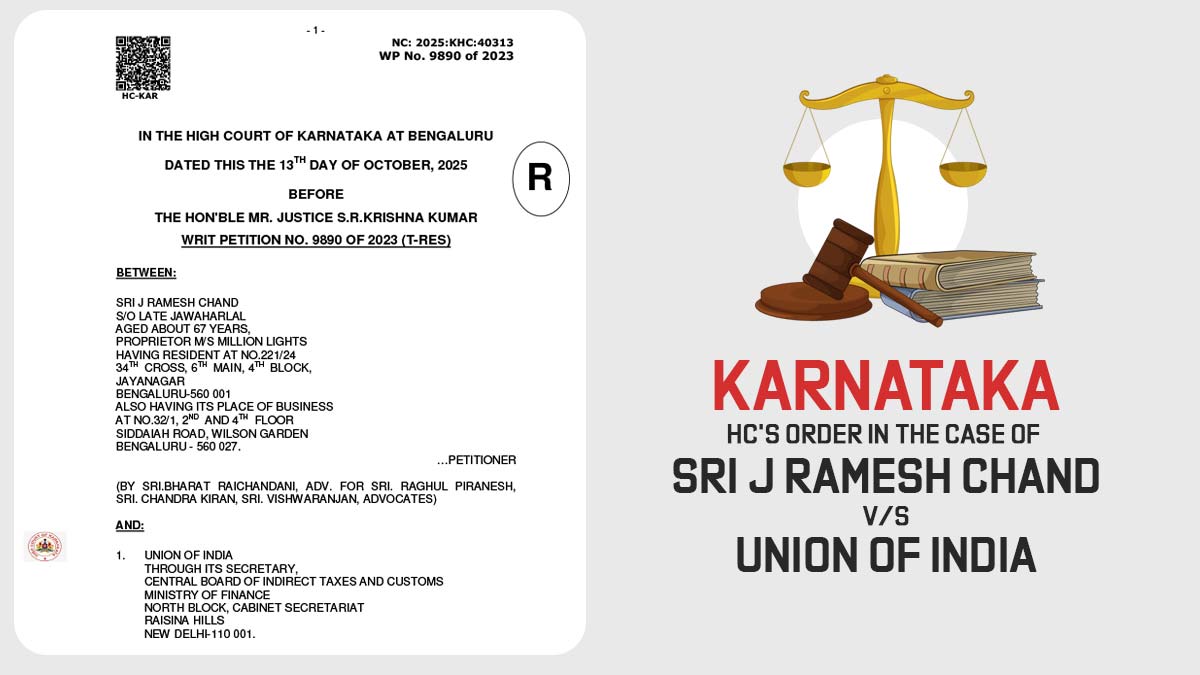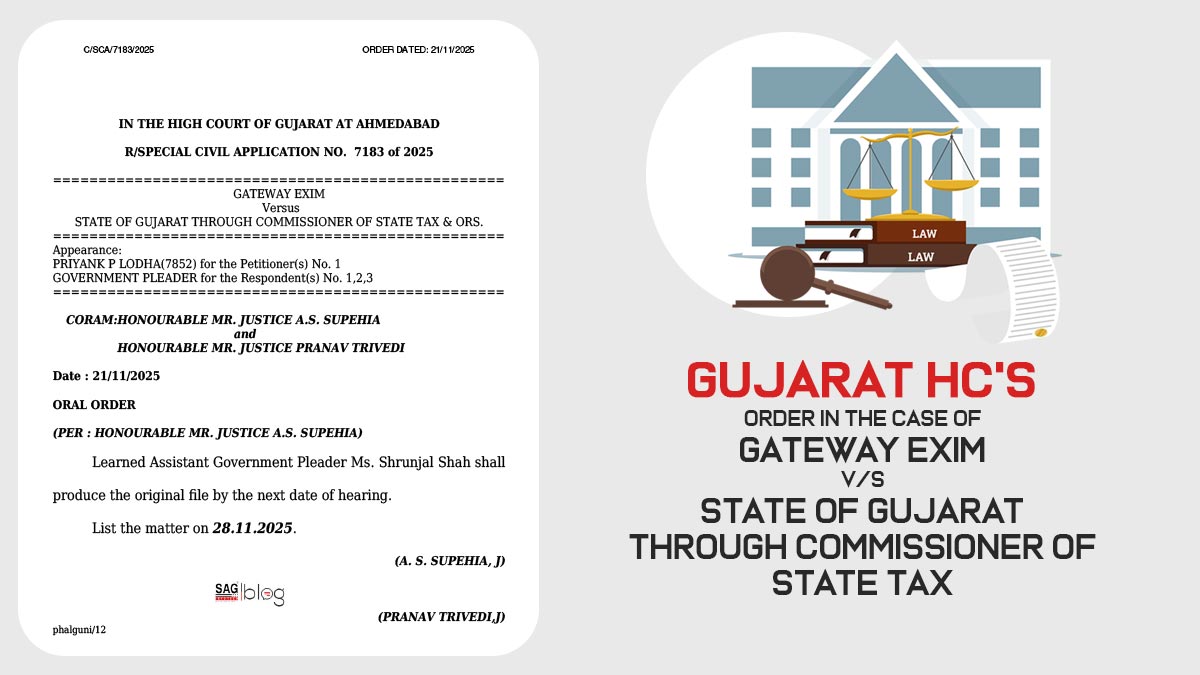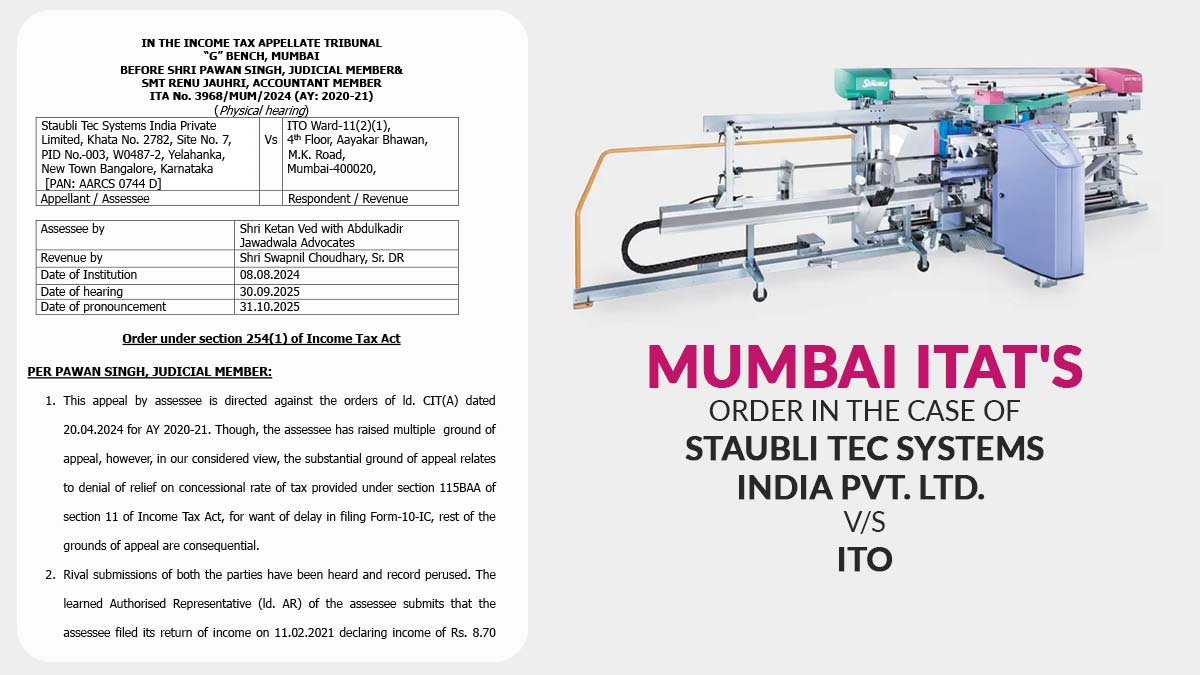The National Anti-Profiteering Authority (NAA), a constitutional body under the GST, was set up to ensure that the benefits from the GST Rate reductions are passed on to the end consumers. By profiteering, we refer to the unfair practice of traders to manipulate prices by immediately increasing prices of goods when GST rates are increased whereas refraining from decreasing the prices when GST rates are slashed.
The end consumers pay for the traders unfair profits. Since its inception, the NAA rulings have found no misdoings on the part of the industry at large. Hence, in the light of recent GST rate relaxations, it would be interesting to see how prepared the NAA is to promptly curb anti-profiteering.
The luxury tax slab i.e. 28% on wide-ranging consumer goods like refrigerators, washing machines, small televisions etc. has recently been reduced to 18%. The 28 to 18 move is primarily aimed to increase consumer spending and add wheels to the demonetization hit SME sector. The ball, for the time being, is in NAA’s court to ensure that traders, retailers, and manufacturers pass on the benefits to the end taxpayer.
However, experts believe that the very framework of NAA makes it difficult for the body to act with an iron hand against profiteers. Some pressing concerns include:
Act only on Complaints: The NAA cannot act on its own. Only when it receives customer complaints can it actor take up cases against profiteers.’
Limited Manpower: The NAA is a small body. The resources at its disposal are limited in number. Hence, prompt action is not possible. Also, efficient price monitoring is not possible with limited manpower.
Not a Price Regulator: The NAA is limited in power too. It cannot collect samples or summon companies on its own. Neither can it reward whistleblowers nor run awareness campaigns on its own accord.
An Adjudicator: NAA is at most an adjudicating body. It can only pass judgment on cases pertaining to anti-profiteering. Till now the NAA has had 10 cases involving 54 complainants. As per the Finance Ministry, notices have been served in these cases. Until now the NAA has issued six orders on complaints. The respondents against the complaints can further challenge the NAA rulings in courts.
A Poor Track Record: A case study of the previous consumer benefits of GST Tax reduction in November 2017 further cement the helplessness of NAA. Many businesses did not pass the tax benefits of tax reductions on 178 products in November 2017.
Compensation Redistribution: The limited reach of NAA means that passing on the benefits from unshared profits back to the individual remains a herculean task. Identifying and accordingly compensating a particular affected customer is not viable. And in most cases Remitting the recovered amount into the Consumer Welfare Fund is the only viable option.
Incomplete Laws: “NAA is not intended in law to be a price regulator and therefore, cannot proactively chase businesses to enforce price cuts. The law against profiteering is not settled yet and there are no clear guidelines. The pricing strategy of businesses takes into account various factors including tax rates and margins across products apart from market considerations,” said Bipin Sapra, a partner at consulting firm EY.
Tax Relation: A not so good Move?
Some experts believe that the relaxation is not beneficial in the long run. The primary reason for this being the loss that the Central Government will incur over time. Union minister Arun Jaitley on his Facebook Blog shared that the total loss owing to periodical GST rate reduction now stands at ₹70,000 crore. Since July 1st, 2017, the GST Council has reduced GST rates of 384 commodities and 68 services.
GST introduction has been marred in its own set of controversies ranging from technical glitches to compliance burden. Hence ensuring tax benefits are passed on the consumer remains paramount at this juncture in time when the Central Government is trying all that it could to gain consumer confidence by ensuring GST shapes into a consumer-friendly indirect tax regime.
Last but not the least, the GST reductions come at a time when the central government would need more revenue to fund its mass appeal schemes like higher support price for winter crops and the Ayushman Bharat Scheme for the poor. In this regard, the Government is banking on increase compliances and E-way bill.
Against The General Norms of Free Market
The Industry reaction to tax relaxations has been a mixed bag. Johnson and Johnson Pvt. Ltd in an official statement welcomed the decision to reduce GST rates on sanitary napkins. While others see the move as a step back in a free market trade. R. Muralidharan, senior director at Deloitte India said, “Anti-profiteering provisions are envisaged only for the first two years of GST implementation. We are not in an era of price control. Healthy competition in the market is the long-term solution to ensure that businesses pass on the benefit of tax rate reductions and increased (tax) credit availability to consumers,”
In conclusion, we can say that NAA has little power to exercise change and ensure efficient pass-on of benefits to consumers. Most consumer items remain hidden from the vigilant eye of the NAA. The adjudicate-only straight jacket coupled with the free hand that Businesses enjoy over quoting increased manufacturing costs cripple the profit distribution mechanism at its very core.
Overall it is the healthy competition which matters in the market and not any regulation authority which would punish the businesses for making some extra profits.










